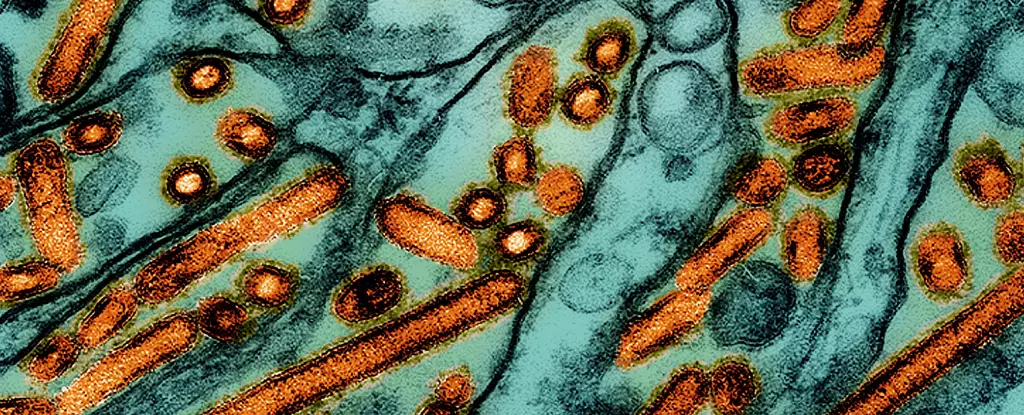The discovery of a second human case of bird flu in the United States has raised concerns among health authorities, as an outbreak of the H5N1 virus continues to circulate widely among dairy cows. The two individuals who contracted the virus were dairy farm workers from Texas and Michigan, both of whom experienced only minor symptoms and have since recovered. Despite the low risk assessment for the general public provided by the US Centers for Disease Control and Prevention (CDC), there is a possibility of more cases emerging due to the high levels of the virus in raw milk from infected cows.
The most recent case in Michigan involved a worker on a dairy farm where the H5N1 virus had been identified in cows. The worker exhibited mild symptoms and recovered, with only the eye specimen testing positive for the virus. Similar to the Texas case, the patient reported only eye symptoms. The CDC has highlighted the importance of monitoring these cases and ensuring proper protocols are in place to prevent further spread.
As of now, a total of 52 US herds have been infected with the bird flu across nine states. The US Department of Agriculture has identified transmission between cows within the same herd and between dairies associated with cattle movements. While sick cows can recover with minimal mortality rates, it is crucial to monitor the situation closely to prevent potential outbreaks within the human population.
The USDA has provided financial aid to affected farms, including protective equipment for employees. Close and prolonged exposures to infected birds or animals, including livestock, are considered high-risk factors for infection. The current strain of H5N1 has caused significant losses in poultry but has not severely affected cows, leading to concerns about possible mutations that could pose a threat to human health.
While there is no evidence of human-to-human transmission at this time, health officials are wary of the potential for the virus to mutate into a form that could spread among humans. Avian influenza A(H5N1) first emerged in 1996 and has since resulted in numerous outbreaks in birds, with a recent increase in infections among mammals. The presence of virus fragments in pasteurized milk has raised concerns about food safety, although health authorities have assured the public that pasteurization effectively eliminates the virus.
The recent cases of H5N1 bird flu in the US underscore the importance of vigilance and preparedness in addressing public health threats. Continued monitoring of the situation, implementation of preventive measures, and timely interventions are essential to prevent further spread of the virus and protect the health and well-being of the population.


Leave a Reply